In the field of surface engineering and advanced materials processing, supersonic flame spraying (SFS) stands out as a high-performance thermal spray technology that enables the deposition of dense, high-quality coatings at exceptional velocities. Unlike conventional flame or plasma spraying techniques, SFS utilizes a specialized combustion chamber to accelerate molten or semi-molten particles to supersonic speeds — significantly enhancing coating adhesion, hardness, and wear resistance.
This process has found widespread application in aerospace, automotive, energy, and manufacturing sectors, where components are subjected to extreme mechanical stress, corrosion, and wear. By combining the principles of fluid dynamics, combustion science, and materials engineering, supersonic flame spraying offers a compelling alternative to other coating methods, delivering superior performance with reduced porosity and oxidation.
This article explores the underlying mechanics, material compatibility, industrial applications, and future potential of supersonic flame spraying, highlighting its role in advancing modern surface technology.
Principles and Operational Mechanism
At the heart of supersonic flame spraying lies a carefully engineered combustion system that generates a high-temperature, high-velocity gas stream. This is achieved through the controlled mixing and ignition of fuel (typically propane, acetylene, or hydrogen) and oxygen within a convergent-divergent nozzle — often referred to as a Laval nozzle. As the combustion gases expand through the nozzle, they reach supersonic speeds, propelling fine powder particles into the stream where they are heated and accelerated toward the target surface.
Key stages of the process include:
Powder Injection : Fine metallic, ceramic, or cermet powders are fed into the high-speed gas jet at precise intervals.
Particle Acceleration and Heating : The particles partially melt or soften while being propelled at velocities exceeding 600 m/s.
Impact and Deposition : Upon impact with the substrate, the high kinetic energy of the particles results in strong mechanical bonding without excessive thermal degradation.
Layer Formation : Successive layers build up to form a dense, cohesive coating with minimal porosity and oxide content.
This combination of speed and controlled heating ensures that coatings retain their original material properties more effectively than those produced by traditional thermal spray techniques.
Advantages Over Conventional Coating Technologies
Compared to other thermal spray methods such as high-velocity oxy-fuel (HVOF), plasma spraying, or arc spraying, supersonic flame spraying offers several distinct advantages :
Higher Particle Velocity : Reaching speeds beyond Mach 1, SFS achieves better particle flattening and interlamellar bonding, resulting in denser coatings.
Lower Oxidation and Decarburization : Reduced exposure time to high temperatures minimizes chemical degradation of sensitive materials like carbides and cermets.
Improved Bond Strength : The kinetic energy-driven impact enhances mechanical anchoring between the coating and the substrate.
Greater Material Versatility : Capable of spraying a wide range of materials including metals, ceramics, and composite powders.
Reduced Substrate Heating : The short interaction time allows for coating of heat-sensitive substrates without warping or metallurgical changes.
Cost Efficiency : Typically consumes less fuel and compressed air compared to HVOF systems, offering lower operational costs.
These benefits make supersonic flame spraying particularly suitable for applications demanding both mechanical integrity and functional performance.
Materials and Coating Types
Supersonic flame spraying is compatible with a broad spectrum of feedstock materials, allowing for tailored solutions across industries:
Metallic Coatings : Used for corrosion protection and wear resistance; common materials include nickel alloys, aluminum bronzes, and cobalt-based alloys.
Ceramic Coatings : Applied for insulation, abrasion resistance, and high-temperature environments; examples include alumina, titania, and zirconia-based compounds.
Carbide-Based Cermet Coatings : Widely used in oil and gas, aerospace, and tooling applications; tungsten carbide-cobalt (WC-Co) and chromium carbide-based composites offer exceptional hardness and erosion resistance.
Composite Powders : Tailored blends of metal and ceramic constituents allow for customized tribological and thermal properties.
The flexibility in material selection enables engineers to design coatings that meet specific performance requirements — from low-friction surfaces to high-temperature oxidation barriers.
Industrial Applications and Performance Benefits
The unique capabilities of supersonic flame spraying have led to its adoption in a variety of critical engineering fields:
1. Aerospace Industry
Used to coat turbine blades, landing gear, and engine components to enhance wear resistance, reduce friction, and prolong service life under extreme thermal and mechanical loads.
2. Oil and Gas Sector
Applied to valves, drill bits, and downhole tools to protect against abrasive wear, erosion, and chemical attack in harsh operating conditions.
3. Automotive Manufacturing
Coatings on piston rings, brake rotors, and suspension components improve durability and reduce maintenance frequency.
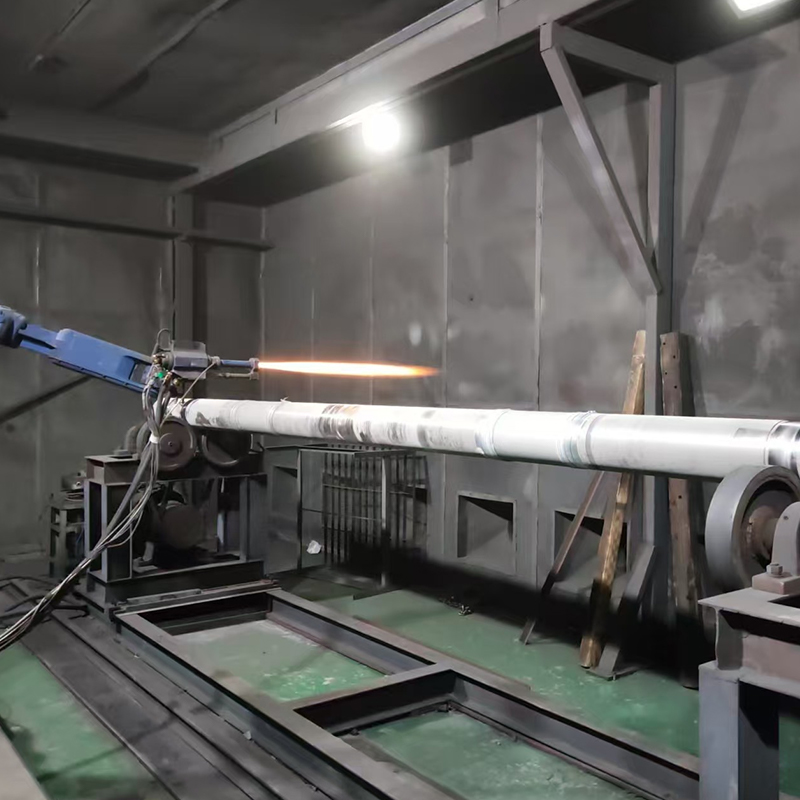
4. Power Generation and Renewables
Utilized in steam turbines, wind turbine bearings, and hydroelectric equipment to resist erosion and corrosion in humid or chemically aggressive environments.
5. Industrial Tooling and Machinery
Extends the lifespan of cutting tools, molds, and rollers by providing hard-wearing, dimensionally stable surfaces.
Each application benefits from the enhanced coating quality delivered by SFS, ensuring long-term reliability and cost-effective maintenance strategies.
Integration with Advanced Manufacturing and Digital Control
As industries move toward automation and precision manufacturing, supersonic flame spraying is increasingly being integrated with robotic systems and real-time monitoring technologies :
Robotic Arm Integration : Enables consistent, repeatable coating of complex geometries with minimal human intervention.
Closed-Loop Process Control : Sensors and feedback systems adjust parameters such as flame temperature, particle velocity, and standoff distance in real time.
Thermal Imaging and Diagnostics : Infrared cameras and acoustic sensors monitor coating formation and detect defects during deposition.
Data Logging and AI Optimization : Machine learning models analyze historical process data to refine spraying parameters and improve coating consistency.
These advancements not only improve coating quality but also support predictive maintenance and adaptive production workflows in smart manufacturing environments.
Challenges and Limitations
Despite its many strengths, supersonic flame spraying presents several technical and economic challenges :
Equipment Complexity : Requires sophisticated combustion control systems, making initial setup and maintenance more involved.
Powder Feedstock Costs : High-performance powders can be expensive, affecting overall coating economics.
Operator Skill Requirements : Demands trained personnel to ensure optimal process control and coating performance.
Environmental Considerations : Combustion byproducts must be properly managed to comply with emissions standards.
Geometric Constraints : Limited access areas or small internal surfaces may pose challenges for uniform coating coverage.
Overcoming these limitations requires continued research into powder formulation, nozzle design, and process efficiency optimization.
Innovations and Future Directions
Looking ahead, the evolution of supersonic flame spraying is being shaped by emerging trends in materials science, digital integration, and sustainability:
Hybrid Spraying Techniques : Combining SFS with laser-assisted preheating or post-treatment to further enhance coating density and metallurgical bonding.
Nanostructured Coatings : Research into nano-grained feedstocks aims to unlock superior hardness and toughness at reduced thicknesses.
Green Flame Technology : Development of low-emission fuels and oxygen-enriched combustion strategies to minimize environmental impact.
Additive Manufacturing Synergies : Exploring SFS as a deposition method for near-net-shape fabrication and repair of high-value components.
Smart Coating Systems : Incorporating sensor-embedded coatings for condition monitoring and self-diagnosis in mission-critical applications.
These developments reflect a broader movement toward smarter, cleaner, and more adaptable surface engineering technologies.
Supersonic flame spraying represents a significant leap forward in the field of thermal spray technology — offering an optimal balance between high kinetic energy, controlled thermal input, and material versatility. Its ability to produce ultra-dense, high-performance coatings has made it an indispensable tool in industries where failure is not an option.
As material demands evolve and environmental pressures intensify, the role of supersonic flame spraying will continue to expand — not just as a means of extending component life, but as a strategic enabler of sustainable industrial innovation. Whether protecting aircraft engines from extreme heat or reinforcing drilling equipment against abrasive wear, this powerful yet precise technology continues to redefine what is possible in the realm of surface engineering — one high-velocity particle at a time.

 ENG
ENG
 English
English عربى
عربى Español
Español 中文简体
中文简体

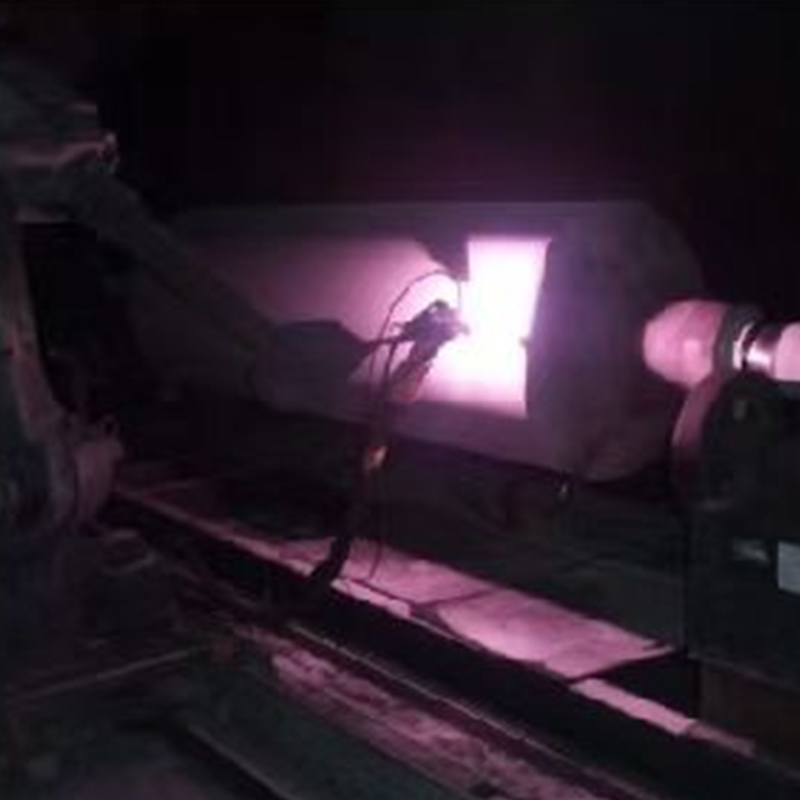
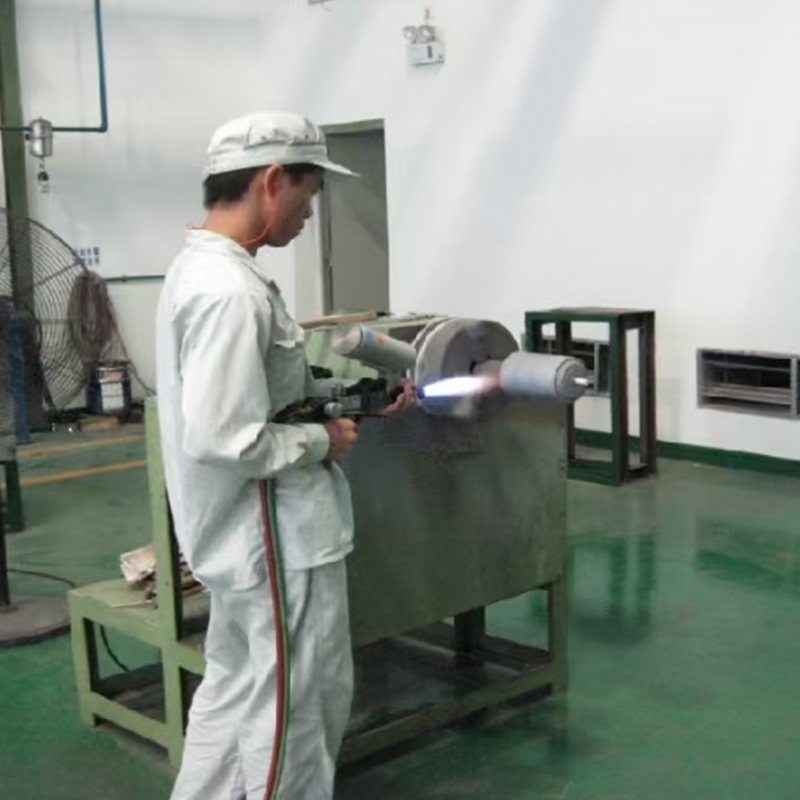

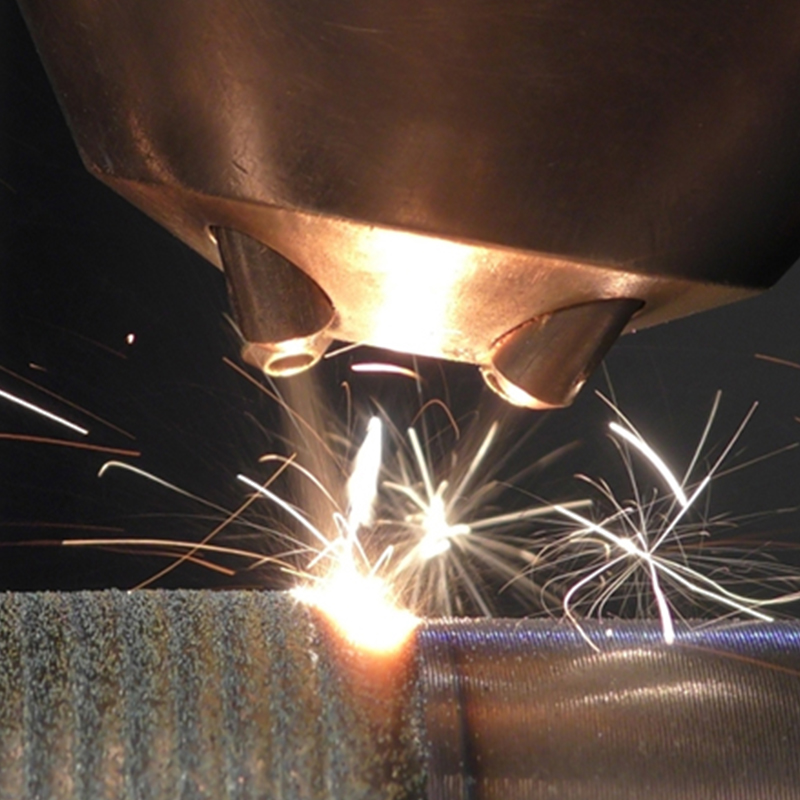
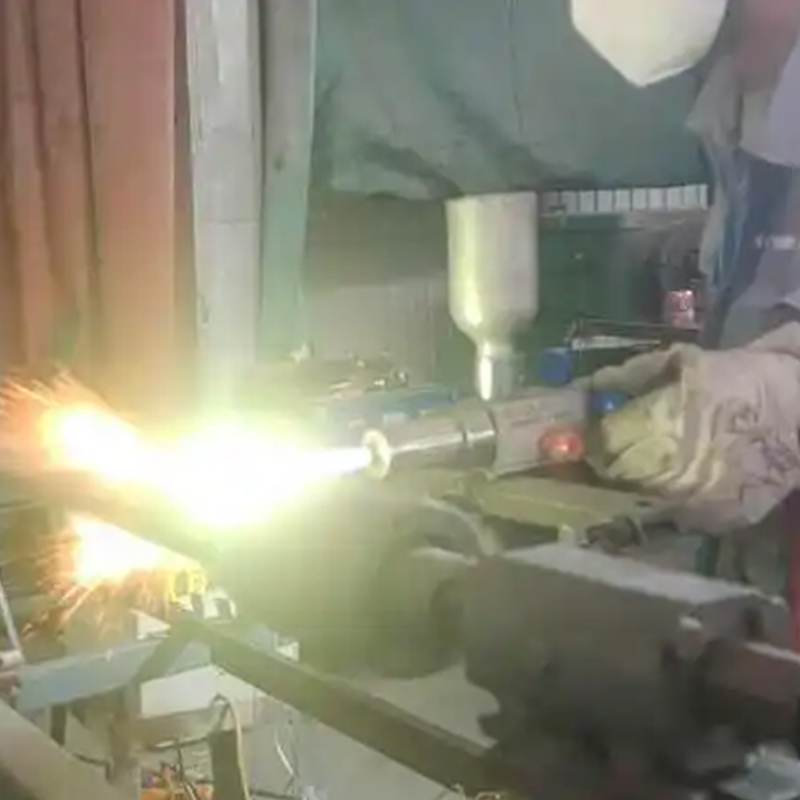
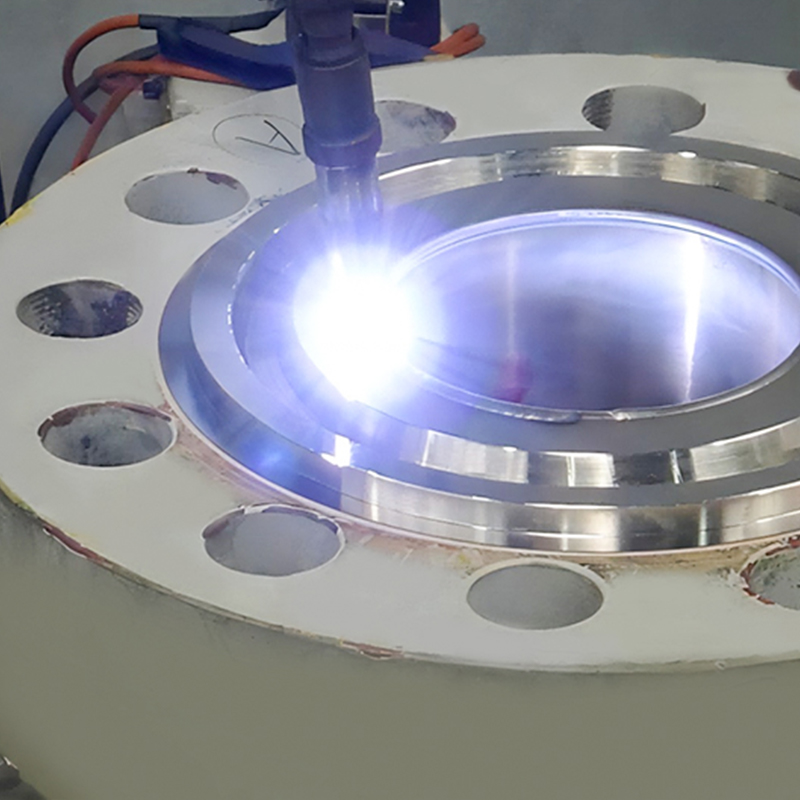
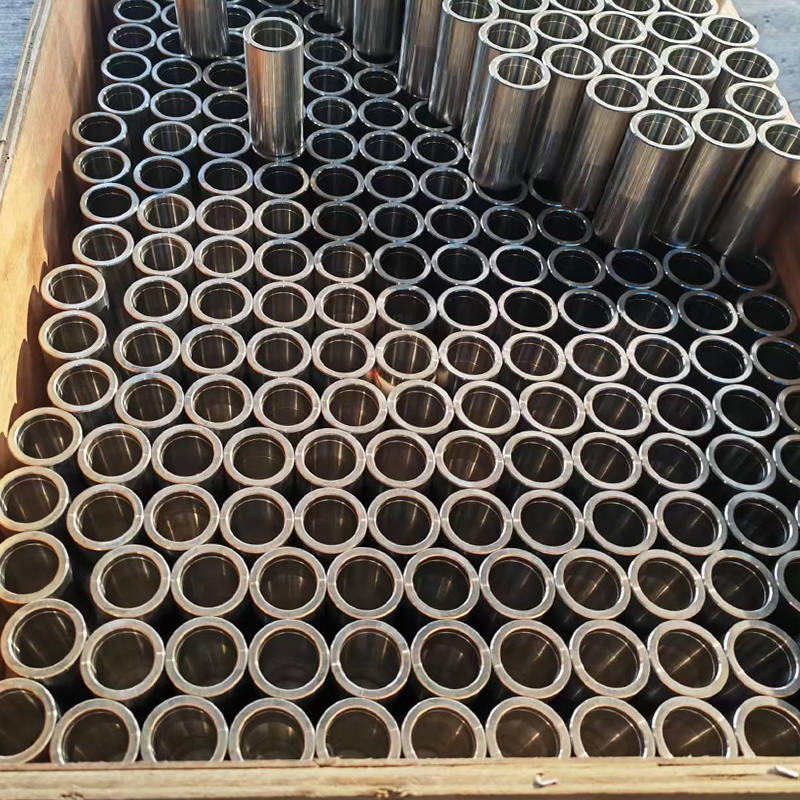
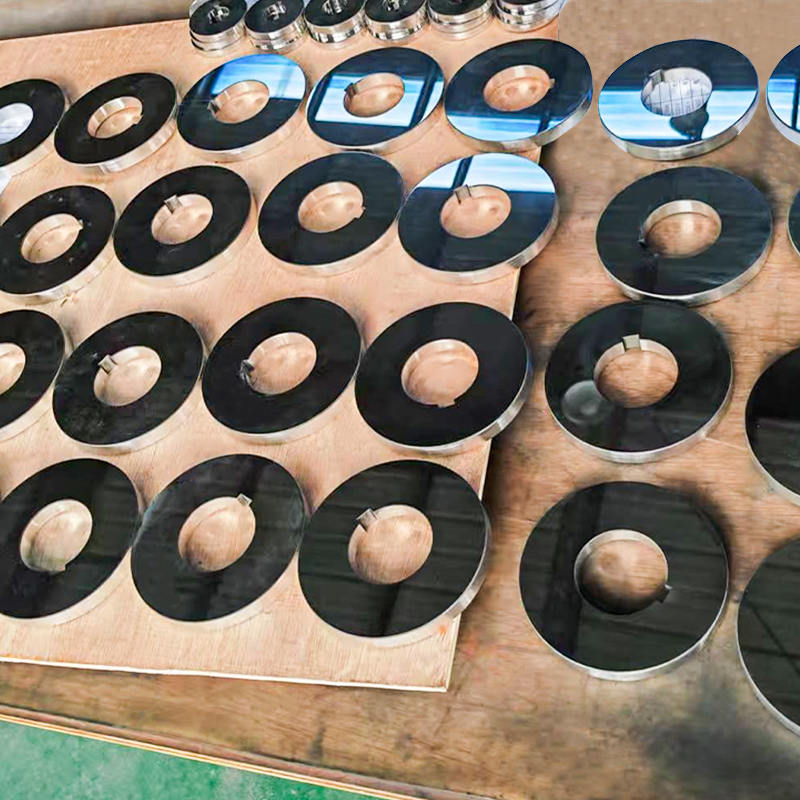
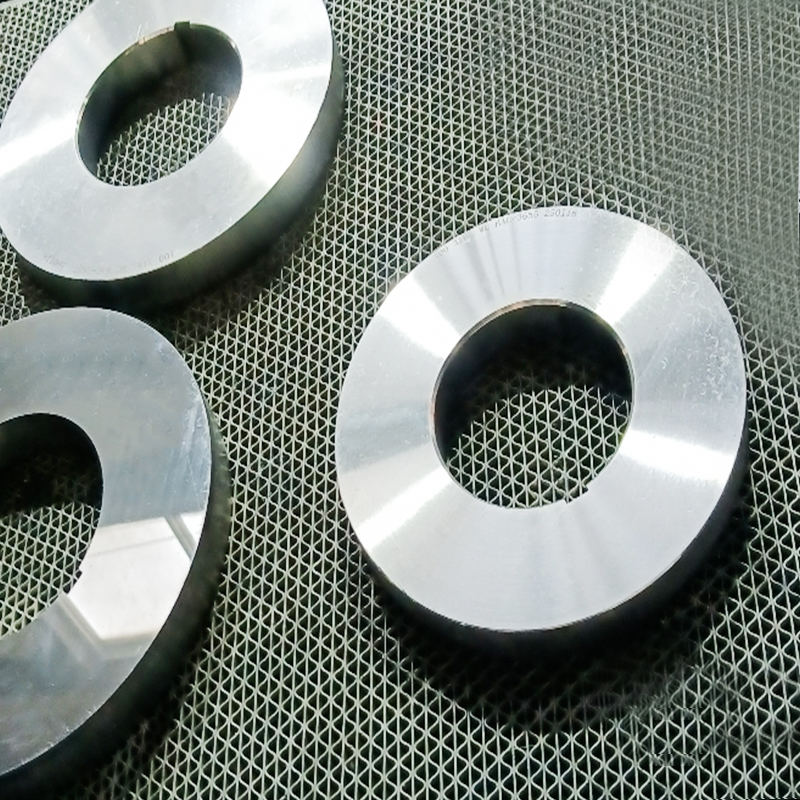
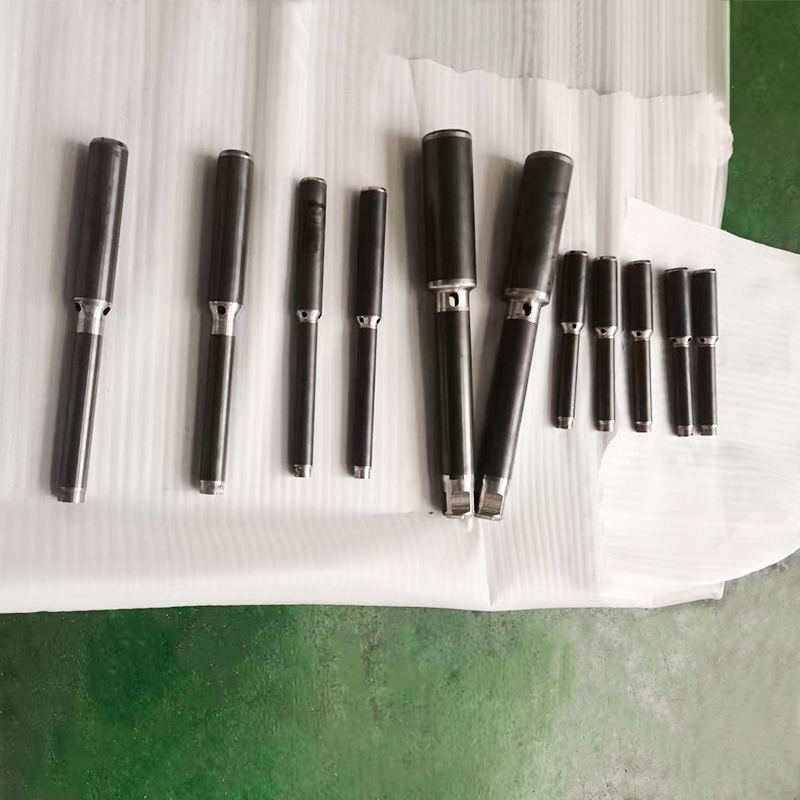
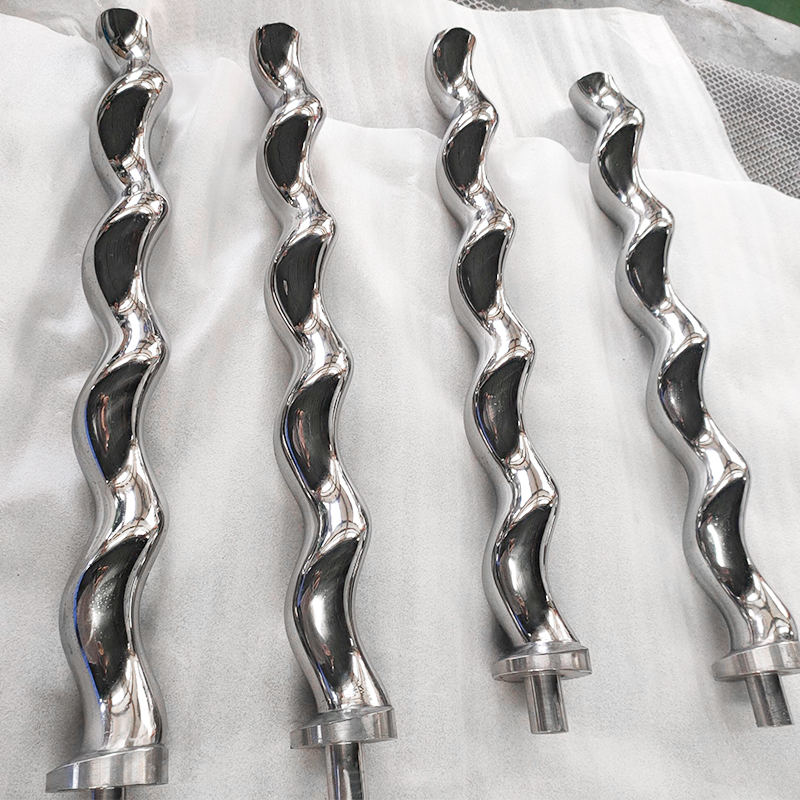

 TOP
TOP